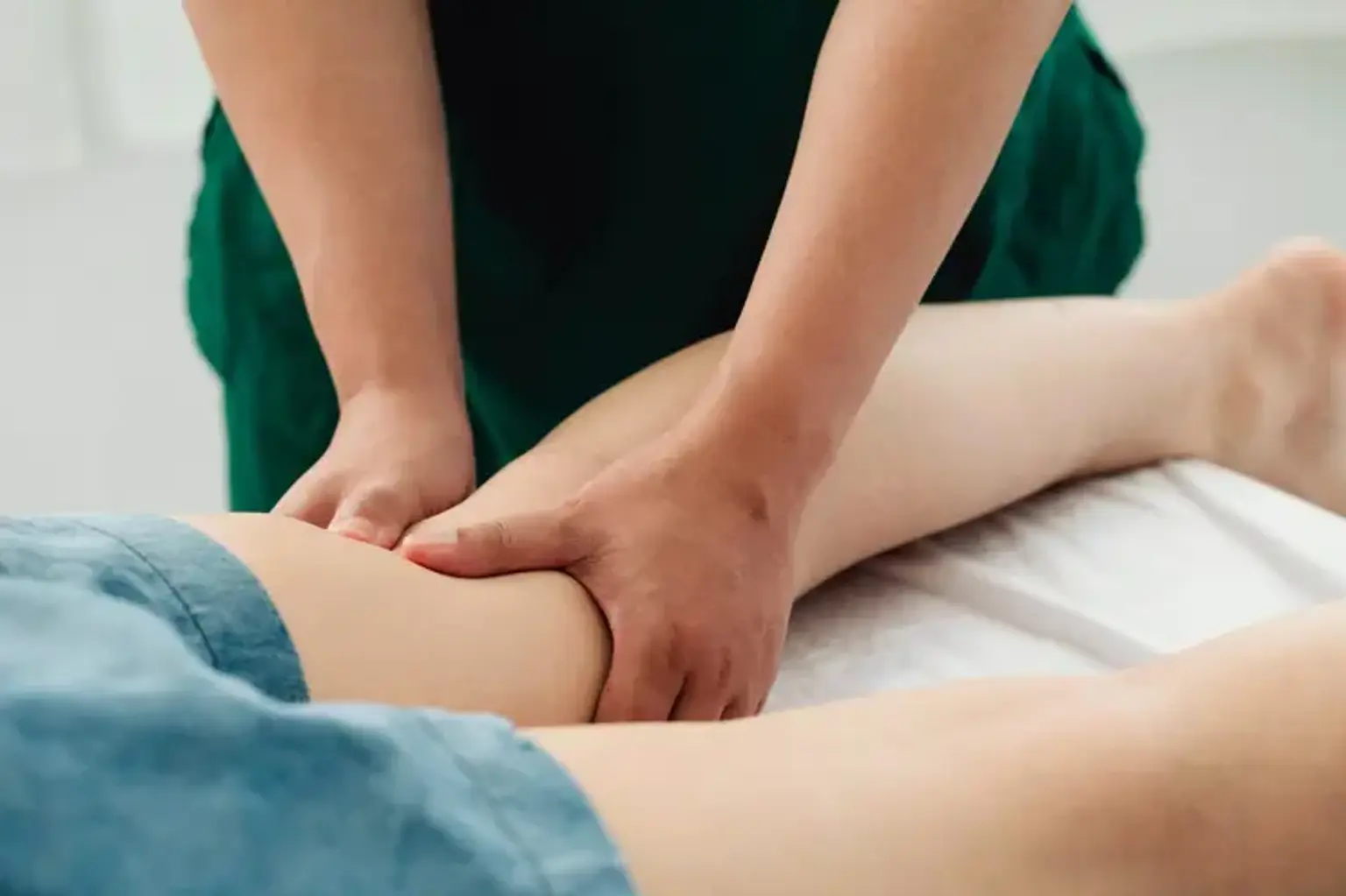Non-surgical therapy
What is non-surgical therapy?
When your body is in pain, it might be difficult to concentrate on daily duties. Surgery is not usually required to treat common injuries and ailments. Nonsurgical therapy focuses on the least intrusive and best approaches to get you back to being yourself.
When someone is impacted by an injury, disease, or handicap, nonsurgical treatment can assist restore mobility and function without the need for surgery. It can also assist to lower your risk of future injury or disease. It adopts a comprehensive approach that directly incorporates the patient in their own treatment.
When you feel pain in any region of your body, it is only a sign of a larger problem. Sciatica, for example, will produce a tremendous lot of pain, but that discomfort is just a result of the sciatic nerve being compressed or inflamed. Any injury or degenerative disease in your body is the same.
